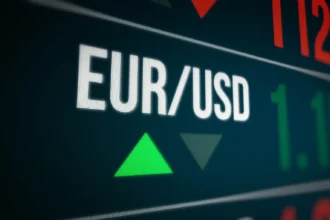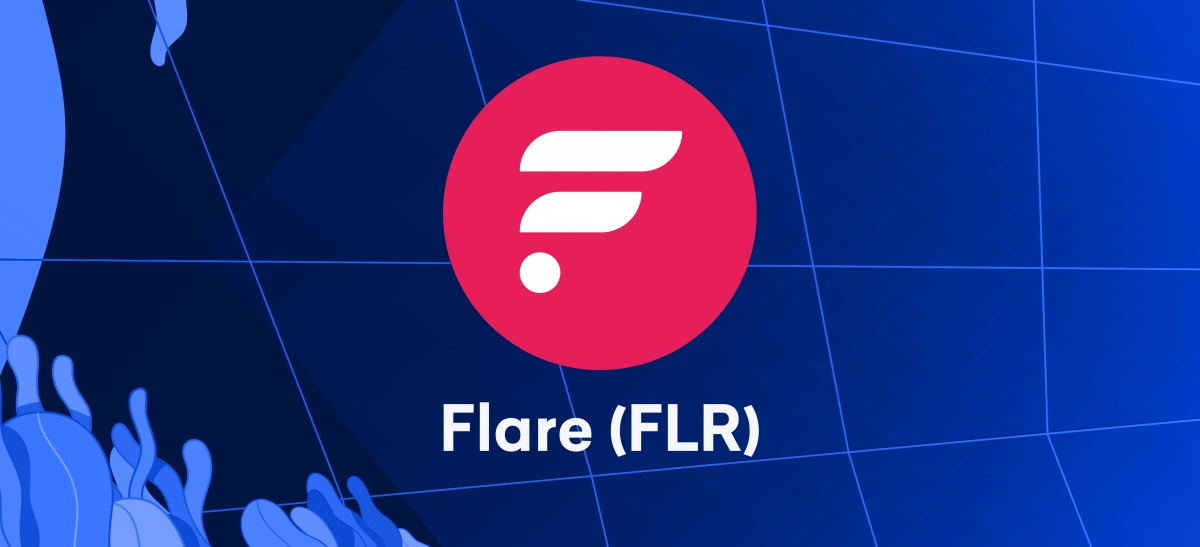Flare (FLR) is a unique blockchain platform designed to bring smart contract capabilities to blockchains that do not natively support them. Its vision is to make all blockchains interoperable, enabling developers to build decentralized applications (dApps) that can access data from multiple chains in a trustless manner. As the crypto space increasingly focuses on cross-chain functionality and utility, Flare has emerged as a key player.
In this article, we’ll dive into what makes Flare unique, explore its ecosystem, highlight price predictions for 2025, and evaluate its potential as an investment.
What Is Flare (FLR)?
Flare is a Layer 1 blockchain that uses a novel Federated Byzantine Agreement (FBA) consensus protocol. It supports smart contracts and interoperability with other chains like Bitcoin and XRP that traditionally lack smart contract functionality. This enables a whole new level of utility and value transfer between isolated blockchain ecosystems.
Key Features of Flare (FLR):
- ✅ State Connector: Allows secure and decentralized acquisition of data from other blockchains.
- ✅ F-Asset System: Allows assets from other blockchains (e.g., BTC, XRP, LTC) to be represented on Flare.
- ✅ Turing-Complete Smart Contracts: Enables complex dApps, DeFi protocols, and more.
- ✅ Low Transaction Fees: Scalable and cost-efficient infrastructure.
- ✅ Cross-Chain Communication: Facilitates true interoperability between multiple networks.
How Does Flare Work?
Flare operates on two core protocols:
1. State Connector Protocol
This protocol enables Flare to securely read data from other blockchains. It opens up the door for use cases like bridging, DeFi aggregation, and oracle-free smart contracts.
2. F-Assets System
F-assets are representations of non-smart contract tokens (like BTC or XRP) on the Flare network. Users can mint F-assets by locking the original assets in smart contracts on their native chains.
Together, these technologies position Flare as an interoperability solution provider.
Flare (FLR) Price Prediction for 2025
The price of FLR will be influenced by adoption, network upgrades, utility growth, and broader market conditions. Here are three possible scenarios for 2025:
Bullish Scenario 📈
If Flare’s interoperability and DeFi use cases gain traction, FLR could rise to between $0.25 and $0.40 by 2025.
Bearish Scenario 📉
If development stagnates or competing chains dominate, FLR may remain in the range of $0.05 to $0.10.
Neutral Scenario ⚖️
With steady ecosystem growth and moderate adoption, FLR might trade between $0.12 and $0.20.
Factors Influencing FLR Price:
- ✔️ Developer and dApp ecosystem growth
- ✔️ Strategic partnerships
- ✔️ Market sentiment
- ✔️ Regulatory developments
- ✔️ Utility of F-assets and State Connector adoption
Pros and Cons of Flare (FLR)
Pros:
- ✨ Unique cross-chain capabilities
- ✨ Unlocks smart contracts for non-Turing complete chains
- ✨ Backed by strong community and industry support
- ✨ Scalable and low-cost transactions
- ✨ Active development team
Cons:
- ❌ Competition from other Layer 1 and interoperability solutions
- ❌ Relatively new and unproven in mass adoption
- ❌ Price volatility like all cryptocurrencies
Future Trends and Use Cases
1. DeFi Expansion
With its unique access to multiple chains, Flare could host powerful DeFi applications that aggregate liquidity across ecosystems.
2. NFTs and Gaming
Interoperable NFTs and blockchain-based games could thrive on Flare’s scalable infrastructure.
3. Data Feeds and Oracles
Using the State Connector, developers can access external data securely, enabling use cases beyond current oracle networks.
4. Enterprise and Institutional Integration
As blockchain adoption grows, Flare could provide cross-chain functionality to financial institutions.
5. DAO and Governance Tools
Community governance and decentralized tools are expected to evolve, empowering token holders to influence project direction.
Frequently Asked Questions (FAQs)
1. What is the main purpose of Flare?
Flare enables smart contracts and decentralized applications on blockchains that do not natively support them, like Bitcoin and XRP.
2. Is Flare (FLR) a good investment?
It has strong technical potential and unique features, but investors should assess the risks and do their own research.
3. Where can I buy FLR tokens?
FLR is listed on major crypto exchanges such as Binance, KuCoin, and Kraken. Always use a secure platform.
4. What makes Flare different from other blockchains?
Flare allows interoperability and smart contract access to chains that traditionally do not support smart contracts.
5. Can Flare support DeFi applications?
Yes, it’s designed to support DeFi protocols with cross-chain functionality and data integration.
6. Is FLR inflationary or deflationary?
FLR uses a capped supply mechanism with reward emissions that reduce over time.
Conclusion
Flare (FLR) is a cutting-edge blockchain platform tackling one of the most pressing challenges in crypto: interoperability. By enabling smart contract access on traditionally limited chains and offering low-cost, scalable infrastructure, Flare is poised to be a major player in the evolving Web3 ecosystem. While there are risks involved, the project’s potential rewards could be significant for early adopters and long-term investors.
Disclaimer
This article is for informational purposes only and does not constitute financial advice. Cryptocurrency investments carry significant risk, and you should consult with a financial advisor before making investment decisions.



